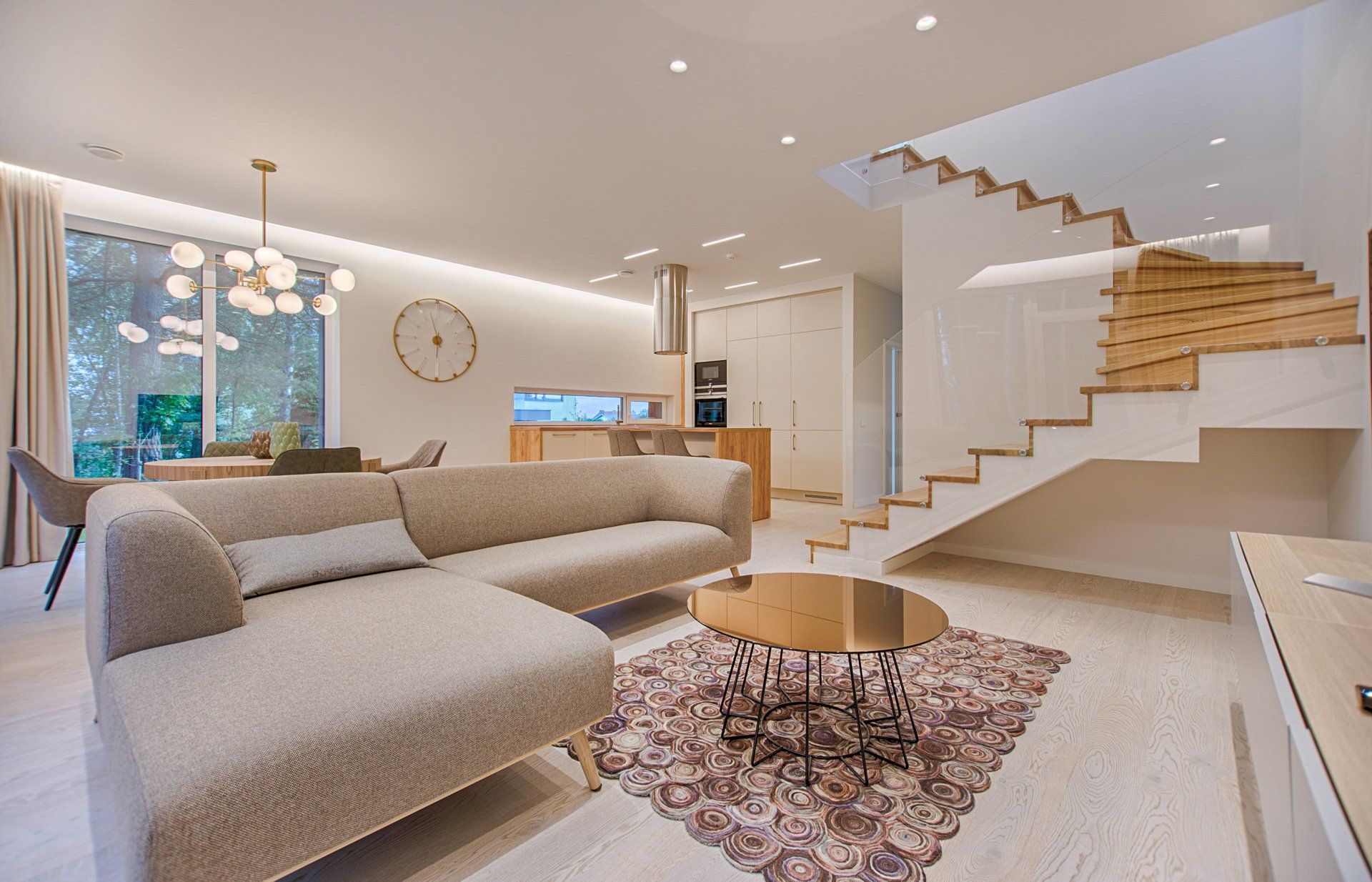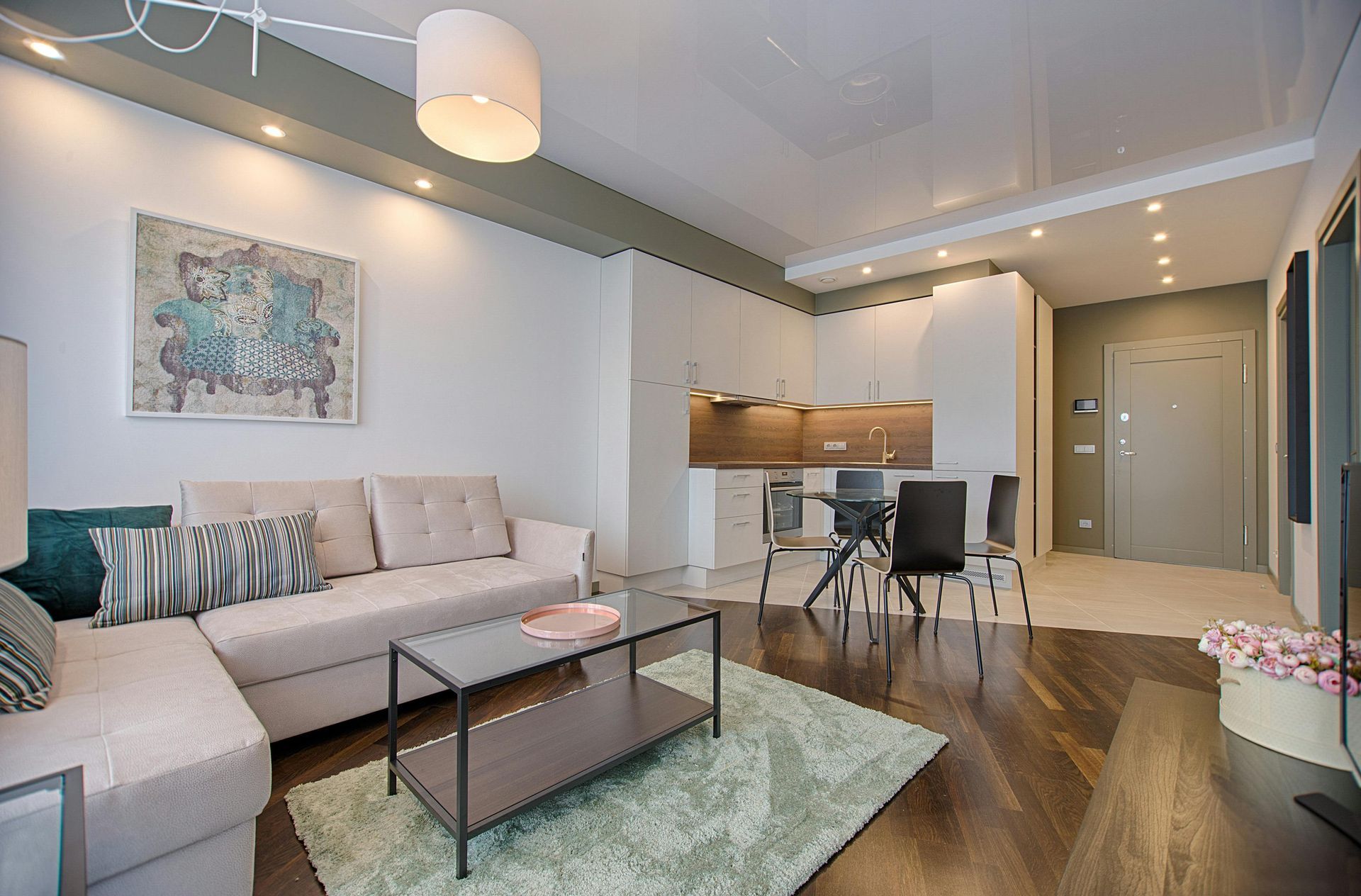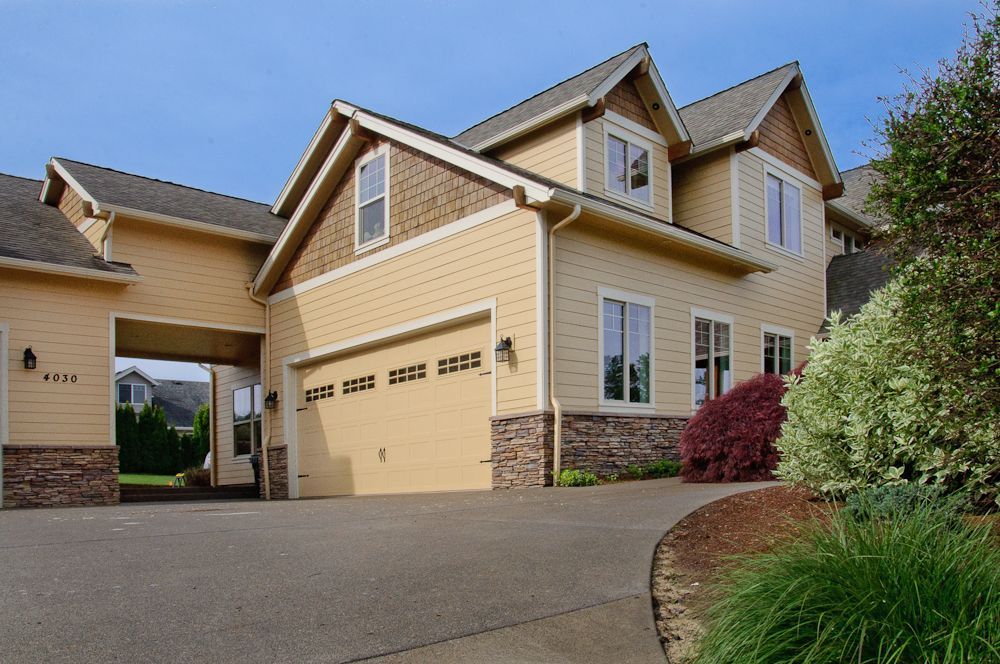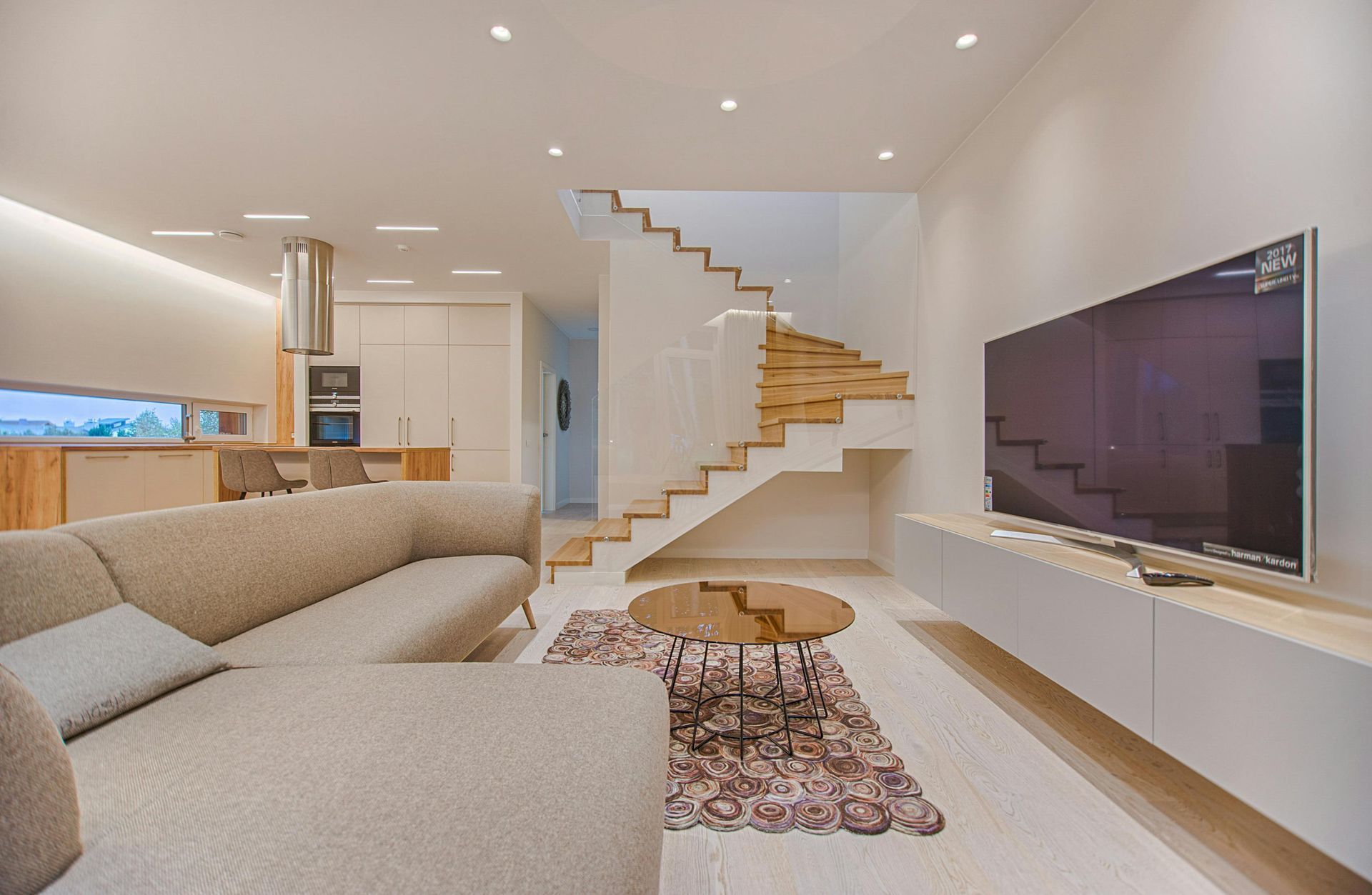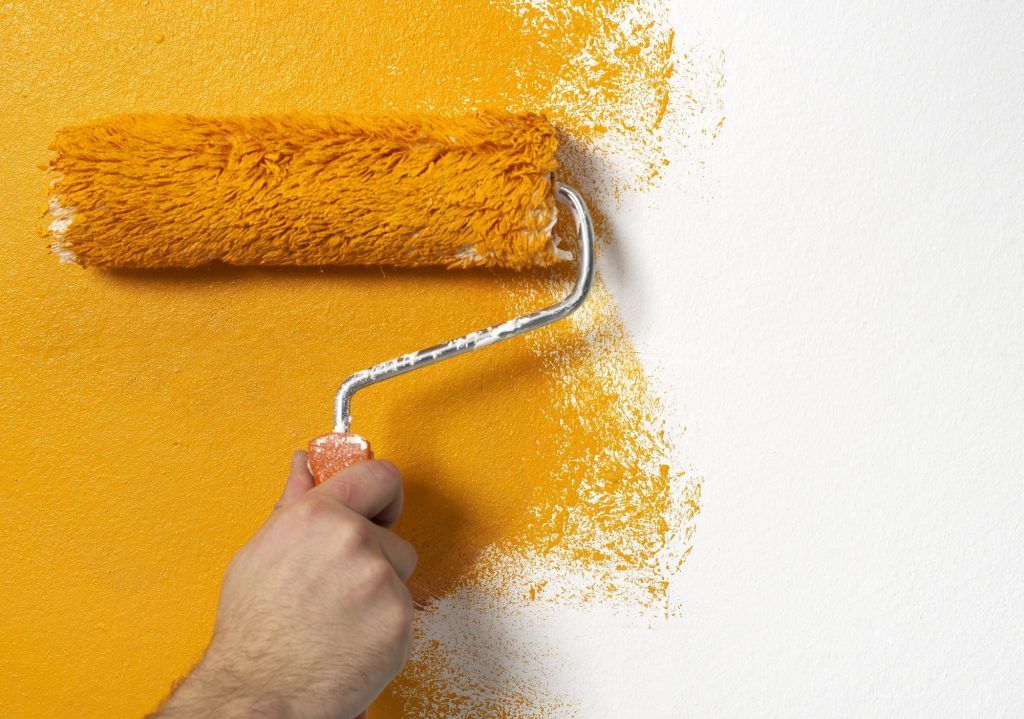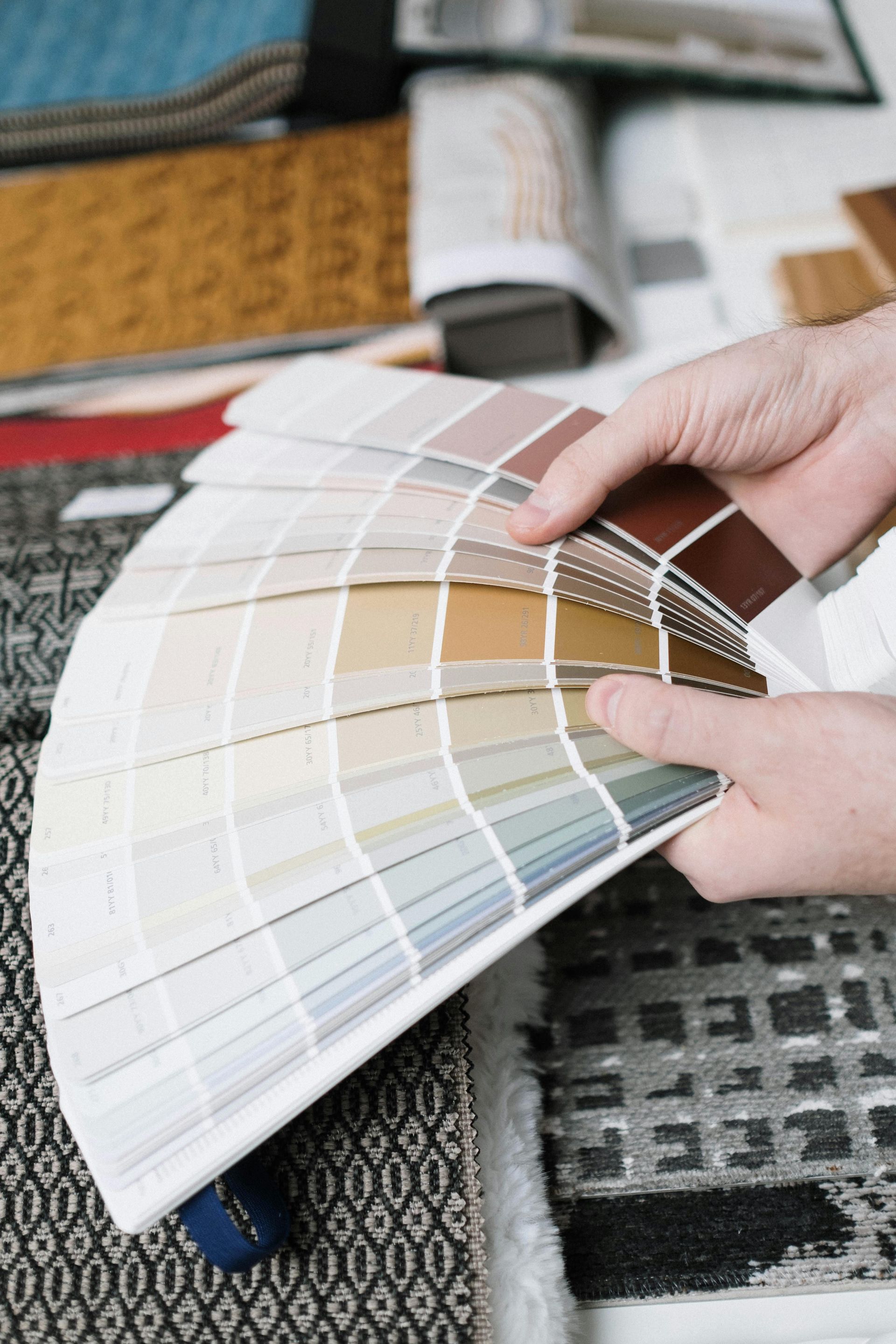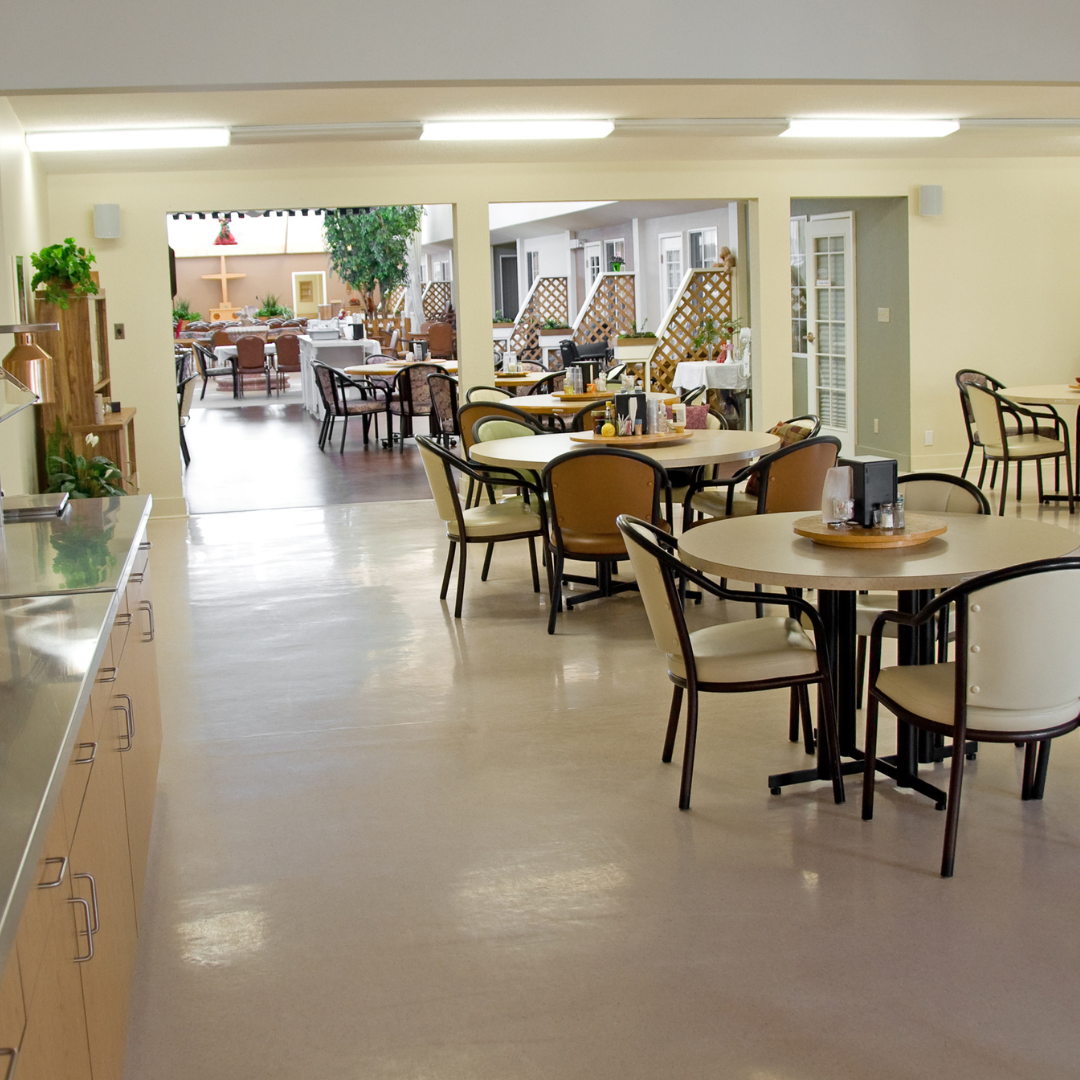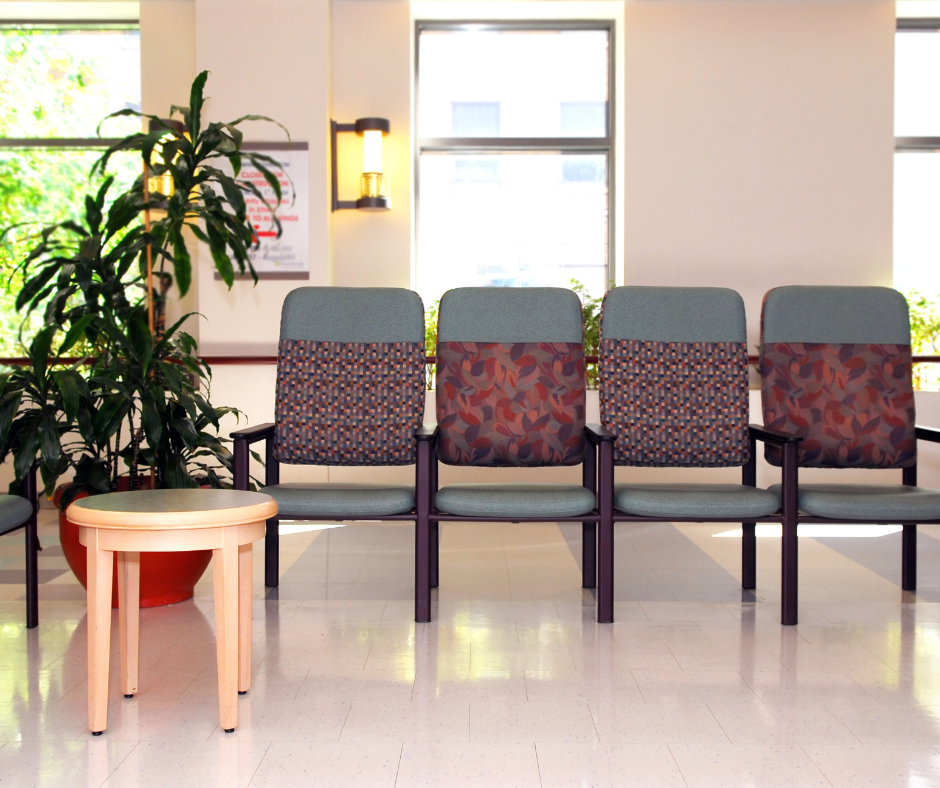Celebrating over 30 years
Staining vs. Painting Kitchen Cabinets: A Comprehensive Guide
When it comes to updating your kitchen, one of the most significant decisions you'll face is what to do with your cabinets. The finish on your cabinetry not only plays a pivotal role in defining the overall aesthetic but also impacts the durability and practicality of the kitchen itself.
So, what are your options?
For our purposes today, let’s assume that you’re NOT going to replace them. After all, if they meet your needs, are good quality, and in good condition, you can save a lot of money by revamping their aesthetic rather than pulling and replacing them.
And that leads us to the two most popular methods for giving kitchen cabinets a fresh look: staining and painting. So, which is right for you?

Understanding Cabinet Staining and Painting
We won’t assume every reader is familiar with exactly what staining is in reference to cabinet renovation. After all, “stains” don't usually mean something good in the ears of homeowners. So let's define our terms.
Definition of “Staining”
Staining is a technique used to enhance the natural beauty of wooden cabinets by deepening the existing color, or applying a new shade, while allowing the wood grain to show through. Stains come in a variety of types such as oil-based and water-based and are designed to penetrate into the wood rather than sit on top (think about water soaking into a sponge).
Definition of Painting
Painting, on the other hand, involves covering the cabinet surfaces with an even top-coat of paint, completely hiding the wood's natural grain but offering a uniform, color-rich appearance. Common types of paints include latex, oil-based, and acrylic, each providing different finishes and durability levels.
Pros and Cons of Staining Your Kitchen Cabinets
Okay, so you understand the difference between stain and paint. Now you're probably wondering which one is better? Let's take a look at the pros and cons of each.
Stain Pros
Natural Beauty: Stains accentuate the wood’s natural patterns, adding depth and richness.
Maintenance: Generally, stained cabinets require less maintenance than painted ones, especially in darker tones.
Traditional Appeal: Staining offers a classic look that complements many traditional home designs.
Stain Cons
Color Limitations: Stain colors are limited to the natural spectrum of wood tones, which can be a constraint for some design visions.
Application Challenges: Applying stain can be more challenging on non-wood materials like MDF or laminates.
Frequent Touch-Ups: Lighter stains might need more frequent touch-ups to maintain their look.
What about Painting?
Paint Pros
Color Variety: Painting offers virtually limitless color options, from neutral tones to bold hues.
Modern Look: Nothing can give your kitchen a clean, modern aesthetic like a smooth coat of paint.
Ease of Cleaning: Depending on the type of paint used, painted surfaces are often easier to clean.
Paint Cons
Grain Concealment: Painting obscures the natural wood grain, which might be a downside for wood purists.
Preparation Intensity: Painting requires extensive surface prep to ensure longevity.
Durability Issues: Paint is susceptible to chipping and peeling, necessitating more frequent touch-ups or a complete redo.
Factors to Consider When Choosing Between Staining and Painting
Type of Cabinet Material
Stains are ideal for high-quality wood cabinets where you want to showcase the natural grain. Paint, however, can be more suitable for less expensive, uneven, or previously damaged surfaces that you wish to cover up. Please keep in mind, though, that paint IS a good fit for high-end cabinetry, too. It just also offers unique benefits for lower-grade cabinets.
Kitchen Style and Decor
Consider whether your kitchen has a contemporary or traditional vibe. Stain tends to look more rustic and traditional, while paint can be tailored to fit any style, modern or classic.
Budget
Your budget can also influence your decision; generally, painting can be less expensive than staining, especially if professional application is involved.
What’s the Takeaway?
In the end, the decision is yours! But the good news is now you can make it with confidence, knowing what to expect and how to avoid unwanted results.
Whatever you decide, Fitzpatrick Painting and Construction is by your side. Contact us today to discuss your project vision in more detail.
Frequently Asked Questions
Q: Which lasts longer: stain or paint on kitchen cabinets?
A: Paint generally lasts longer but may require more maintenance to keep it looking fresh.
Q: Can you switch from paint to stain (or vice versa) on kitchen cabinets?
A: Yes, but switching from paint to stain involves stripping the paint completely which can be labor-intensive.
Q: How often should painted or stained cabinets be redone?
A: This depends on usage and wear but generally every 8-10 years for paint and slightly longer for stain.
Q: What are the latest trends in cabinet finishes for 2024?
A: Trends are leaning towards natural, eco-friendly finishes and bold, expressive colors.

FITZPATRICK PAINTING & CONSTRUCTION
IS CELEBRATING OVER 30 YEARS IN BUSINESS!
By using our website, you consent to our Cookie Policy, Privacy Policy, and Terms Of Service / Use.
All content Copyright © 2025 Fitzpatrick Painting & Construction Inc. Website by smallbee.com


